Aries Cerat Heléne DAC and Incito S preamp
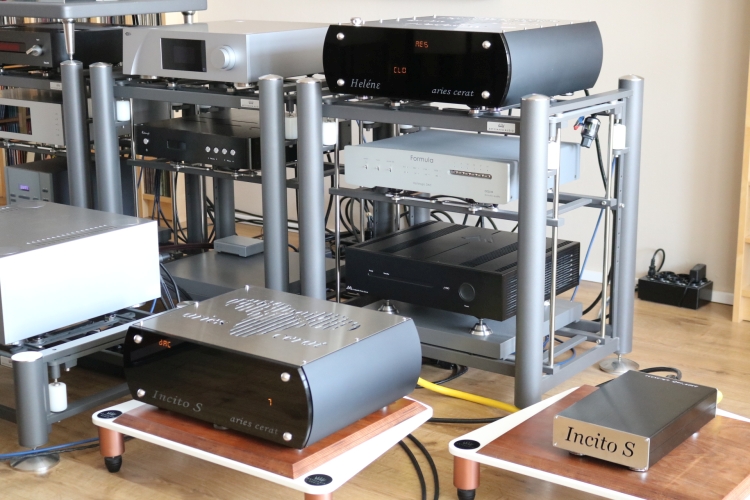
Preliminary Listening – Earthing and XLR/RCA Cable experiments
To get the variables out of the way I have listened to both positions of the Incito S preamp’s earth switch using identical single-ended and balanced cables. Starting with the single-ended cables, I found that the preamp sounds best when the switch is set to the vertical earth position. This way, the sound is most incisive and articulate, with the crispest transients, which is quite noticeable in the bass. The non-earthed horizontal position leads to a softer, dreamier sound.
With the XLR cables, the sound is approximately 6dB lower which translates to about 3-4 steps on the Incito’s volume control. But when compared directly, even with adjusted gain (either on the Incito or on the CH A1.5), the single-ended cables sound better to me. In comparison, the balanced connection sounds less incisive and direct and comparatively a little vague. Perhaps, more running in time was required?
Although, I should mention this the other way around, as the preamp sounded mighty fine to me when I first connected it with balanced cables, not having heard the single-ended outputs. It’s just that it simply sounds even better when used with single-ended cables. Put bluntly, with the XLR outputs, I felt that I still heard a moderate amount of what I will call tube downsides in the bass department. Compared to transistors, the degree will vary, but there’s always a little rounding going on in the bass and I also heard this with the Aries Cerat components. As I now found out during the initial cable experiments, this was actually induced for the most part by the balanced cables.
As a side note, the Heléne DAC also has a -6dB switch on the rear which I have left in the -6dB position because that makes the Incito S preamp operate in the 3-7 volume setting for normal listening and 12-14 when listening very loudly. With the Helene’s output set to 0dB, there’s too little remaining range in the preamp’s volume control. When using the Incito S balanced outputs, however, this switch works to partially compensate for the lack of incisiveness when using XLR cables. But still, I prefer the cinch connection.
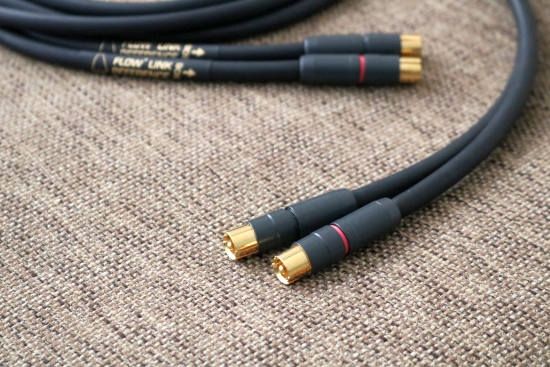
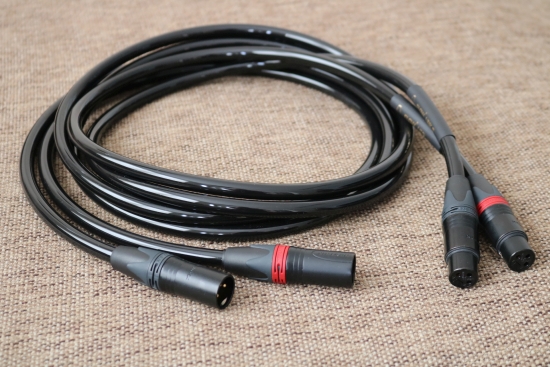
With the Driade Flow Link Reference 808 cables between the Heléne DAC and Incito S preamp (RCA) as well as between the Audio-GD Master 1 preamp and CH A1.5 power amp (XLR), the sound with the two Aries Cerat components in place is supremely detailed, refined, and transparent. I did notice a slight softness or lack of incisiveness in the bass which I will admit to first having attributed to the Aries Cerat components being tube devices. However, as I found when swapping the Driade interlink between Incito S preamp and CH A1.5 power amp, first for the Jena Labs Aurora and then for the Stealth Indra, the sound immediately tightened up, leaving virtually zero tube-associated softness while retaining the super-organic and free-flowing presentation, as well as the impressive dynamics. This is when it dawned on me just how fabulously transparent and revealing these products are.
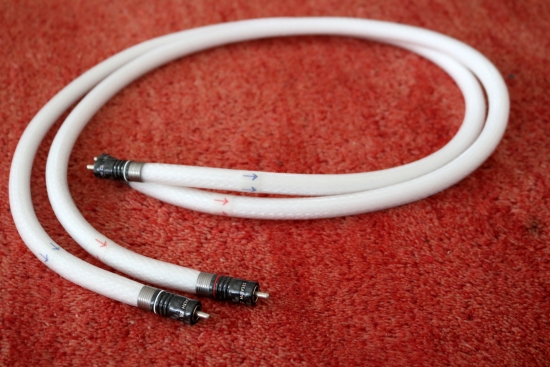
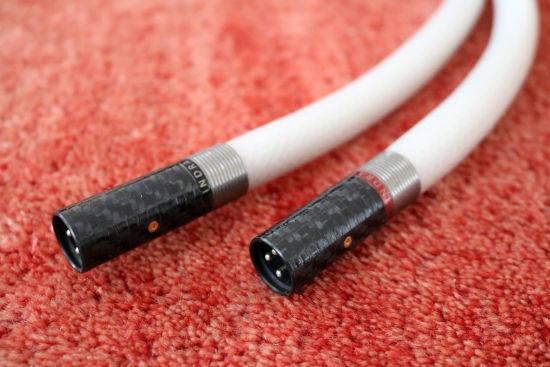
Comparing the Stealth Indra XLR to the RCA Indra between the Incito S preamp and CH C1 A1.5 power amp, the RCA version impressed me most for its more articulate and incisive sound. Since these cables are known to be extremely neutral and non-sounding, I strongly suspect that this audible difference stems from the Aries Cerat inputs and outputs. After a couple more experiments, a preference quickly formed for using the Stealth Indra RCA cable between the Incito S preamp and CH A1.5 power amp, and so, this cable remained in place between preamp and power amp for the rest of the review.
Listening to the Heléne DAC, alternately connected using the Driade single-ended and Balanced cables, I found that these cables both seem to work better between the DAC and preamp than between preamp and power amp. I’m not sure why and with different partnering components, the result might be different again. In any event, at the output of the Heléne DAC, both the RCA and XLR cables provide a relaxed but open window onto the sound with huge transparency and superb low-level resolution with no lack of impact or incisiveness. However, I did note once again that the RCA connection has a slightly more concise sound. The difference seems smaller than with the preamp’s outputs, but the RCA connection is just that little bit more lively and direct to make me prefer it.
Finally, I also connected the FoilFlex cables between the Heléne DAC and Incito S preamp. As expected, they provide a beautifully clean and pure sound that is faster and more articulate than the Driade cables, even when using the XLR inputs. And if the goal is to wring as much resolution and transparency from the components without breaking the bank, these interlinks sure are an interesting alternative. However, in the company of the Aries Cerat components, it can’t be overlooked that these cables are also quite lean and definitely less magical in terms of soundstaging and organic flow than the Driades. Thus, the Flow Link Reference 808 RCA cable was elected to remain in place between DAC and preamp for the rest of the review.
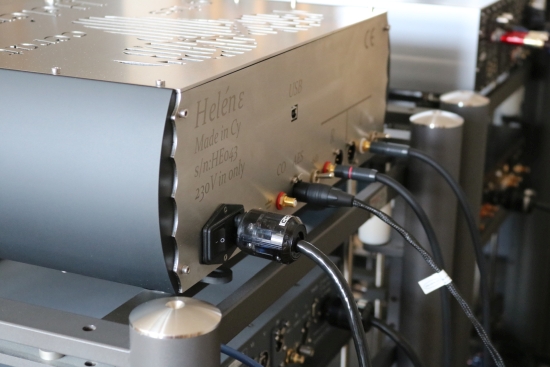
CH C1 versus Aries Cerat Heléne and Incito S using AES/ABU
For this comparison, I used the Driade Flow Link Reference 808 XLR cable between C1 and A1.5 to get the most out of the C1 in terms of fluidity and refinement. Between the Incito S preamp and A1.5, I used the Stealth Indra RCA cable to achieve the most articulate sound from the Aries Cerat preamp. Between the two Aries Cerat components, I used the Driade Flow Link Reference 808 RCA cable.
Thanks to the MU1’s server’s dual AES/EBU outputs, the A1.5’s dual inputs, and the convenience of tablet-control, I was able to swap between my regular system and the Aries Cerat DAC + preamp, at the flick of a finger. Now, that proved to be very interesting! Not only did the tube combo match the twice as expensive CH DAC in nearly every aspect, it even improved on it in two very important areas.
For starters, the impact and dynamics did not change very much at all, the two tube components being nearly every bit as impactful, expressive, and thrilling as the direct CH DAC to power amp connection. Seasoned tube aficionados might not be surprised but for many people, tubes are still synonymous with (a little too much) kindness, creaminess, and romance. In other words, tubes are often mostly seen as being seductive. But as I personally learned while getting acquainted with tubes, they can actually be shockingly lively and dynamic, depending on the design.
These Aries Cerat components are clearly designed such that they are as transparent and as lively as possible while retaining the seductive magic that one expects from tubes. They do not, however, put a restraint on the dynamics to make for a “sweet” sound, nor do they add bloom or to make the sound subjectively more pleasing. The sound is linear and even-handed if gently warm.
But please don’t assume that they must sound clinical, mechanical, or non-romantic, as nothing could be further from the truth. The combo has all the liquidity and organic flow that one expects from a tube design as well as the convincing realism to trigger immediate emotional involvement.
In some ways, the Aries Cerat components remind me of the Zanden 6000 and 8120 amplifiers for combining certain transistor strengths with tube magic. Of course, that’s an apples and oranges comparison, but still, that’s how it strikes me. More appropriately, if I recall the Zanden 3100 preamp, I feel that it sounded more “tubey” than these Aries Cerat Incito S. A close friend keeps telling me that the Zanden 6000 deviates from this by sounding cleaner and less bloomy but so far, I’ve not been able to perform a comparison in the same environment. But all that’s not really relevant for this review so let’s put a pin in that for now. More on point, I will describe the Aries Cerat components’ individual sound in more detail in the “Aqua DAC” and “C1 direct or via Incito S” sections, further below.
The most impressive aspect of the Aries Cerat combo that you instantly notice when switching from the direct CH DAC to amplifier connection to the Heléne DAC and Incito S combo, is a change in the way that the soundstage is presented. To the CH DAC’s credit, its generic soundstaging abilities are a match for the Aries Cerat components. The tube components really do not sound larger per se, and they don’t image wider or deeper, but there’s just so much more life and movement within the soundstage. I call this aspect “breathing”. As opposed to the direct DAC connection’s more static presentation, with the Aries Cerat duo, the various elements within the soundstage seem more convincingly to possess 3D bodies that inhabit their own spaces within the stage, and reverbs and decays of the recording venue’s dimensions are much more convincingly reproduced. Especially vocals become more lifelike because of this.
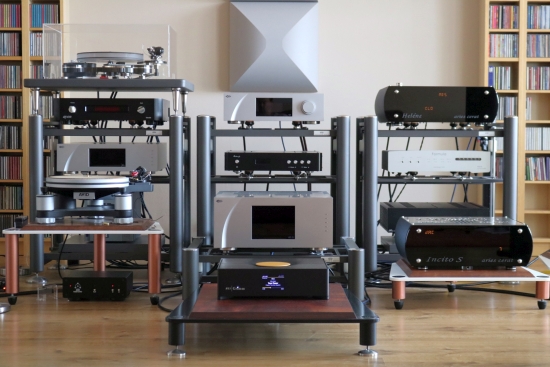
When going back to the direct DAC connection, this is by far the biggest change you hear. The naturalness remains, there’s no treble highlighting nor any hardness, no lessening of saturation or change in tonality or timbre, and the soundstage remains just as wide and deep. But what happens is that the stage becomes more stilted, less free-flowing. The CH components are the least transistor-sounding components that I have heard and that’s one of the reasons why I chose them, but in comparison to the Aries Cerat components, they do sound unmistakably “transistor-y”, or perhaps I should say “not tube-like”. The preamp-less and tubeless CH system is pretty much as refined and fluid as the Aries Cerat duo but sounds comparatively dry. For many, this aspect alone may be an important deciding factor. But of course, this is not all there is to it as the CH DAC also has certain advantages, one of which I find personally important. But it is also something that I have found that many listeners do not pick up on. I’m talking about bass articulation. Or, put differently, the texturing and transient speed in the lower frequencies.
This is admittedly a special focus of mine that stems from a natural inclination to prioritize bass melodies over the song’s main melody so if you’re a normal person, don’t pay too much attention to this;-) In any event, likely unsurprisingly, the Swiss DAC has better control and definition in the bass. I wouldn’t say the Aries Cerat bass is unfocused, let alone blurred, but especially in the upper bass, it’s certainly less crispy than that of the CH DAC. This is just a fact of (audio)life. Transistors tend to be tighter and crisper and tubes are usually more organic and free-flowing, it’s simply the way it is.
But as I mentioned, not everyone seems to pick up on this, or at least not when combined with the overwhelming benefits of the tube components in other areas. I’ve had several of my friends come over to let them listen to the two systems, after which I asked for their opinions. Interestingly, all of them commented on the increased organic flow and none noticed the rounding in the bass until I pointed it out to them.

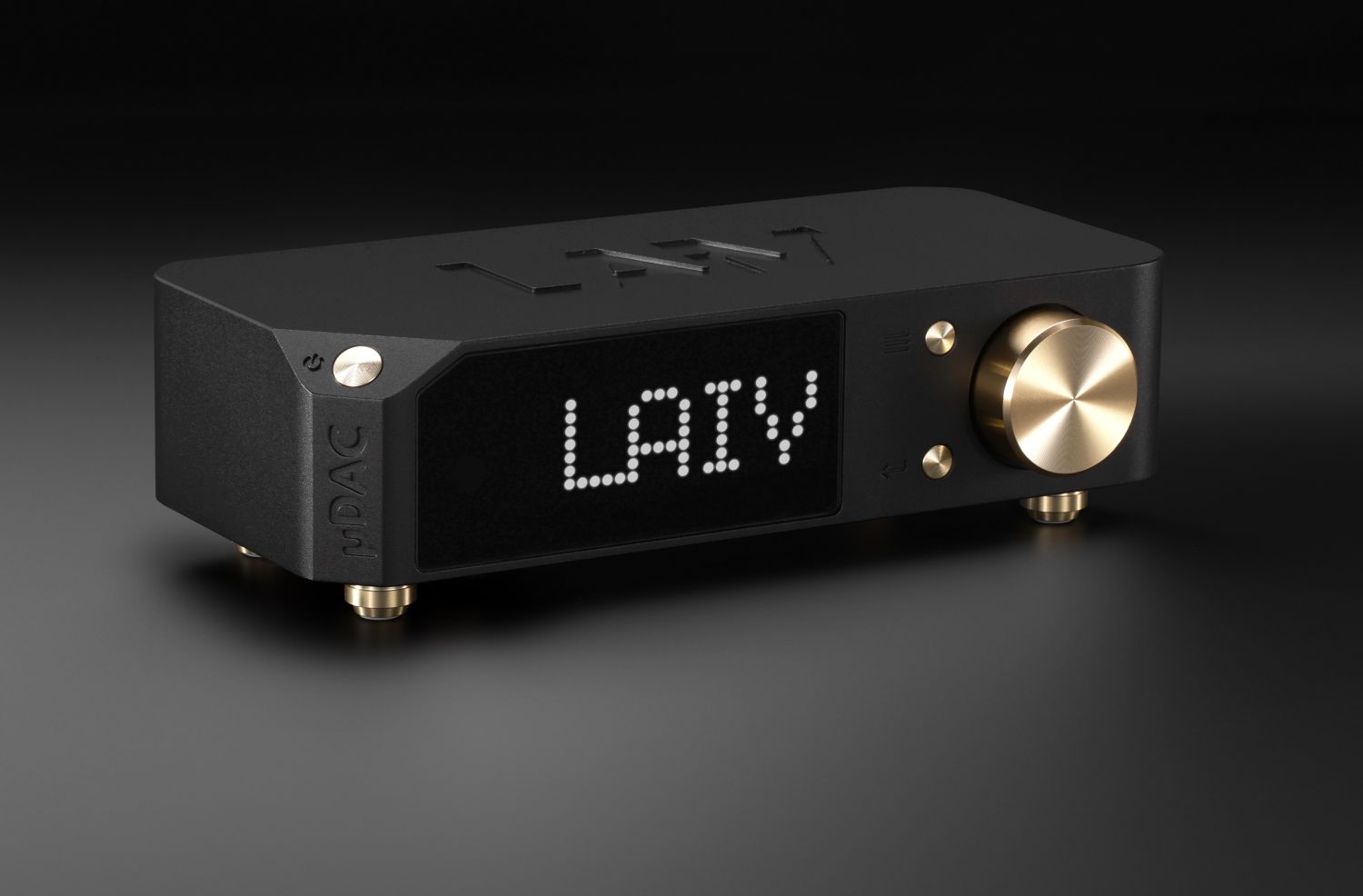
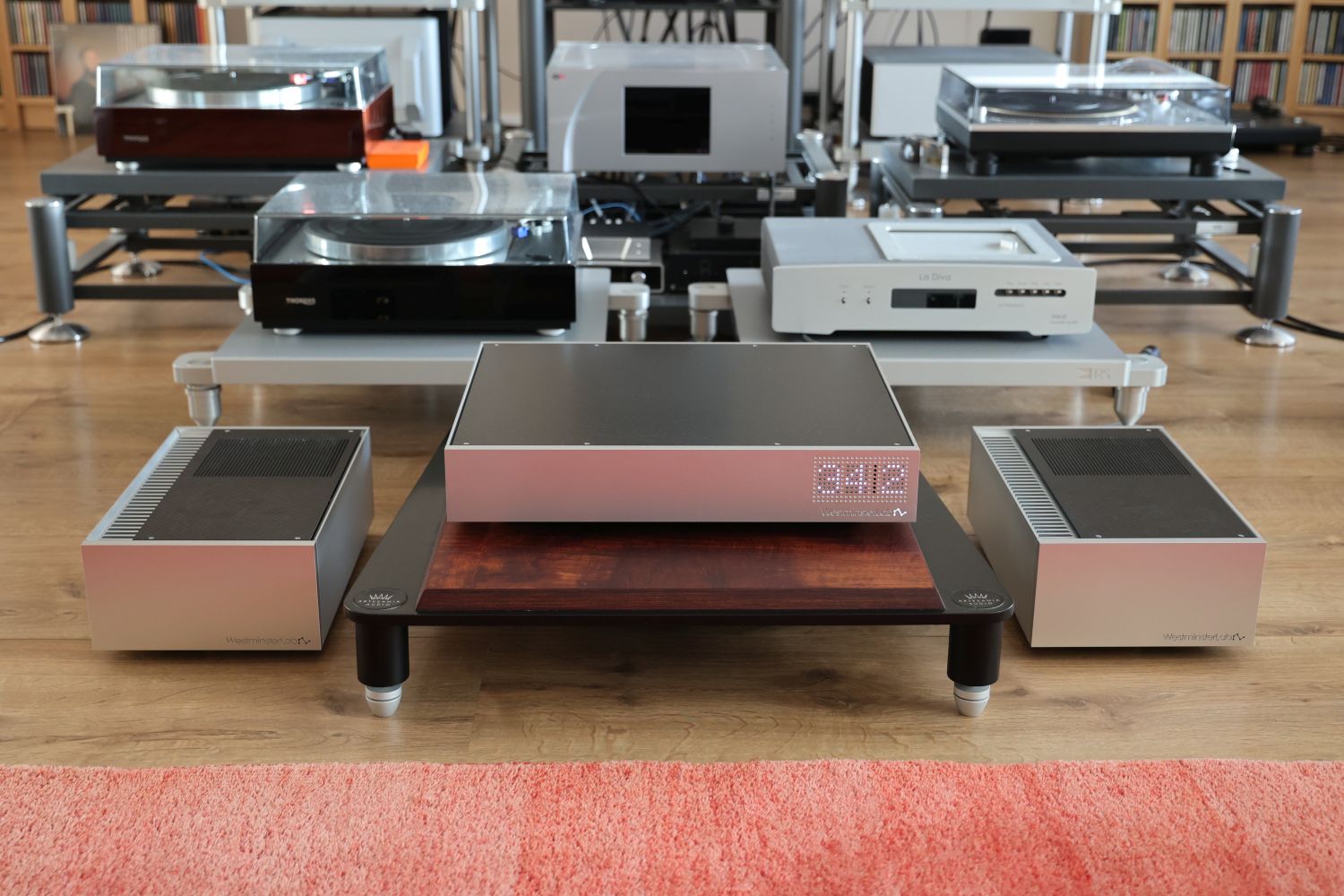

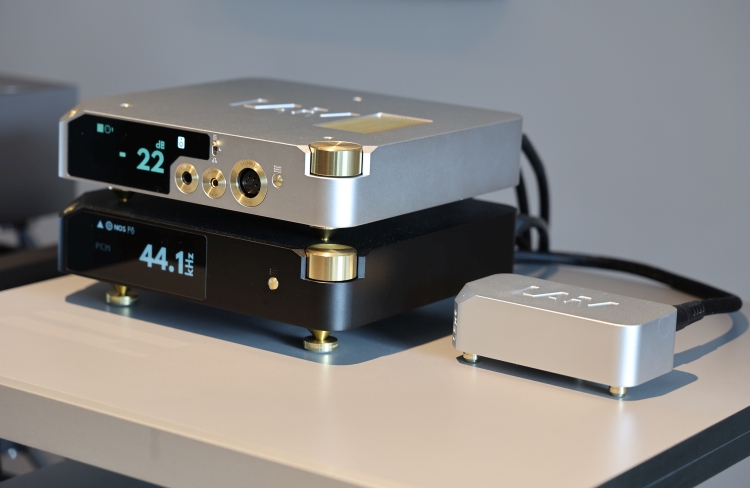



Christian,
Great review on a brand I’ve heard a little about but never seen a review of. And you’ve certainly proven what are some truisms for me, a preamp is crucial to ultimate sound quality, and all things being equal tubes are best. 😉 Now all things are rarely equal of course but that Incito preamp sounds pretty special I’ve always found a tubed preamp to have an outsized effect on overall sound quality. I doubt I’ll ever hear one but would love to.
Cheers,
Jon
Thanks, Jon, the Incito S truly is something else. And Ron tells me that the bigger preamp “walks all over it”… Gulp. I thought hard about which award to give it but even if I will have no higher praise than “Magnificent Masterpiece” to award, should I ever review the Impera preamp, I decided to award it to the Incito S.
Jon,
I discovered Christiaan’s website quite by chance recently. Since then, I stay tuned.
I am the very happy owner of an Aries Cerat *Incito* preamp (not the S version, so mine has an embedded power supply; the S version has a separate PS).
It easily replaced my YBA 1 preamp (which had a separate PS).
The Incito changed my system. That thing is not of this world. Period. Some say that Aries Cerat preamps are the only ones which decide the aficionados of passive preamps to abandon their fetish.
I attend to live concert regularly, so I do not like “typical” tubes devices (honey-topping on everything). This one is truly different. I was amazed by the amount of both body&liveliness, distinction&exuberance, flesh&transparency it could deliver. A dizzying ability to deliver qualities that other high-end devices have accustomed us to consider as opposites. Here, they are reconciled/synthesized with a stunning mastery.
Try to listen to one.
FYI, my *power amplifier* is a YBA Signature Classic stereo (100w), very “liquid”-sounding.
(I also listened to a whole Aries Cerat system, in a very good room: gobsmacking…)
Orfeo that’s very cool and quite a good system you have YBA is another brand somewhat underrepresented here in the US that I’ve never heard. The Incito sounds like an amazing piece of gear, I hope Aries Cerat will show their gear at US audio shows, whenever they start happening again. The Capitol Audiofest here in DC is my outlet for hearing gear I otherwise might now, And Orfeo may I ask what speakers you’re pushing with that lovely amplification stack?
Cheers,
Jon
P.S. Agreed Christian is one of the very best and most thorough reviewers out there.
Please allow me to report additional experiences with the Synergistic Orange fuses and Aries Cerat. The review mimics my own experience, and if it all stayed just like that it would be a very nice tweak to put it mildly. But after some week of daily playing, there is no less than a small transformation here.. the bold euphoric ‘technicolor’ impression at first date seem to shift into a more speedy, open and articulate sound. It sounds more balanced now, and all is like a wide open window onto the musical landscape. It may sound silly, but the Orange Fuses need playing… Both Genus, Incito and Heléne have the Orange in. Great stuff, highly recommended.
Thanks for the helpful feedback, Ron!
Wow THAT’s a review! Thank you very much Christiaan for the hard (pleasant) work such a thorough review must have required. Testing all combinations must have been very time-consuming.
Regarding the TUBES LIFECYCLE, I read in the review that
1. “the manual […] mentions avoiding frequent on-off switching of the unit to preserve tube life.”
2. “That’s why Ron simply always leaves them switched on and told me to do the same. I should note that in this case, the tubes will respectively last at most 250 and 375 days”
As a very happy owner of an Incito preamplifier since 2018, this grabbed my attention:
point 1: avoid “frequent” on-off switching. What do they call “frequent”? I always do max ONE on-off switch per day. I do not let the preamp burning all day when I am away. Moreover, I know that there are 5 chokes inside the Incito, so I suppose they damp the ‘brutality’ of on-off switches, don’t they? If so, what’s the point in keeping the device turned on? (except to avoid any warm-up time, which is a different issue).
However, regarding point 2, leaving the device ON permanently ensures the reviewer that the device plays at its full potential all the time indeed. Which is commendable, especially for a reviewer.
So, as far as I understand,
– if I leave the device ON all day, 24/7 => tube life=250/375 days (rectifiers/E280F, respectively)
– if I turn the device ON when I come back home, and OFF when I go to sleep => tube life=approx. 5 years, BUT a warm-up time has to be endured everyday. A warm-up of 30 min/1h is said to be sufficient, but not everyone agrees.
Am I correct? Or am I missing something?
Thanks.
Glad to hear you liked it, Orfeo! Indeed, this has been a lot of work, but when any question forms in my mind during a review, I NEED to investigate it and report on it. I can’t help myself…;-)
Regarding warm-up, in general, my experience is that 45 minutes gets you pretty much all the way there with most tube equipment, with small incremental improvements in the hours thereafter, for some equipment.
As for what constitutes frequent switching, that’s a great question but not one that I can answer. All I can say is that I personally prefer not to leave tube equipment on when I’m not listening to it. Typically, I have the Ayon gear switched on for around 5 hours per session but since they are in my secondary system, I only use it about once a week. The same applies to the Ayon Stealth that I use in combination with the turntables in the main system.
Perhaps Ron or Stavros are willing to get into more detail with regards to tube life versus power cycles.
Hello Orfeo
What is recommended, is turning the units on and off during your sessions, or maybe a few hours before. Though units can stay on 24/7 it is not really optimum for tube life.
What I would call frequent on-off, is the habit of very few people, turning on and off the units several times a day, listening for example for an hour, turning off, and then on again after a while.
Certainly 2-3 power cycles a day is far from calling it frequent on-off.
On turn on, though triple choke filtered, the rectifier is always having its roughest moment of the day 🙂
Cheers
Stavros
Tubes are a hotly debated topic. Of course, there are many different opinions, or different experiences. It is a choice to leave a tube DAC or Pre-amplifier always on or not. The suggested lifetime is just that; a suggestion, maybe a prediction. There are always extreme examples concerning tube lifetime, there are power amplifiers whose tubes after 25 years of continuous work still measure as new. Of course that is exemplary, and quite out of the ordinary. There are also known amplifiers that need new tubes about every year (..), and sometimes including the tube sockets. In principle it is a good idea to measure all tubes every (half) year, and to write down the values. Personally, I find it a bit too much to keep the Genus 813P in continuous operation, but the Incito and Heléne are fine for me. Only time will tell to what extent the GZ34 and E280F will decrease in measured values. It’s a balancing act, and for me personally, that choice is in favour of always leaving it on. As they say: Your Mileage May Vary. In the meantime; Keep spinning and enjoy the Music!
Are you using the preamp incito with the integrated amp genus. Is it advisable and does it make any improvement.
I have not tried this, so alas, cannot comment with any certainty. In general, I would not expect an integrated amp to very easily have a similar quality preamp on board as good as the Incito S. On the other hand, integrated preamps benefit of shorter signal paths and optimized circuitry. What I can also say is that pretty much any amplifier will allow you to hear the benefits of a better preamp. In fact, I’d rather have an expensive preamp and a less expensive power amp than the other way around. But ultimately, I cannot make any hard claims, only recommend to just try it.
I know from a VERY reliable source that
Incito preamp* + Genus P** does not quite equals a Genus integrated (because 1. shorter signal paths, as Christian said, and 2. identical volume control on both, i.e. relays).
*Incito preamp = ‘basic’ model, NON-S (=Prestige Series)
**Genus P = the POWER AMPLIFIER ONLY version of the Genus.
**BUT** if you consider the Incito S (=Reference Series) as a preamp, that becomes another story (the volume control here is better, with TVC system, that is based on a transformer; it is said to be the best volume control systems of all).
I have NO information regarding such a combination (Incito S + Genus P).
You don’t mention which gear you already own. But, as Christian said, yes, it is advisable to get the best possible preamp first, then see what you can later afford as a power amp, and which one does the best match with your speaker. This way, the preamp can become the tether of your system, the gear that will go along with you during all your audiophile life.
Happy listening.
Great reply, Orfeo!
Is de Dac Helene een meerwaarde voor mijn huidig systeem? Dit bestaat uit de Accuphase E600 en de B&W 803D3.
Is the Dac Helene an added value for my current system Accuphase E600 and B&W 803D3?
Hi Marc, I’m assuming you have the DAC board installed in the E600? In that case, the Helene will indeed have a lot to offer. What the converter board does very well is pacing, articulation, and dynamics. It’s not the best in terms of refinement, fluidity, and flow. And that’s exactly where the Helene does excel, among other things. Of course it depends on what you value most in the sound. In general, though, I’d say the Helene is considerably better. The only reservation against the Helene that I could think of is if you value bass tightness over all else. But that goes for a large majority of tube products.
Hi Christiaan. I want to know if Aries Cerat Dacs decode DSD. Although it´s rate samples is up to 24/384Khz, I couldn´t find if decode dsd or only PCM. Thanks
Hi Pablo, the Helene only converts PCM, no DSD.
Hi Christiaan, Just curious whether you’re still using the Orange fuses? Or have you moved back to previous uses or perhaps even “upward” in the SR line to say, their Master fuses. In any case, if you did switch, I’d be curious why.
These Aries Cerat products, as well as the fuses, were supplied for review. After publication, they all went back. I did not try any SR fuses in other equipment after that, mostly because I prefer tightness, control, and neutrality over smoothness, saturation, luxuriousness, or warmth. However, there are indeed other, more neutral SR fuses that I might try some day.
Thanks for the update on the fuses, Christiaan! So are using stock fuses now or the Hindi Tuning ones, perhaps?
I use stock fuses in all components. However, for the main system power supply, I do use a Siemens Sitor Cylindric Fuse Cartridge (with standard silver-plated fuse and solid silver rod), followed by GigaWatt G-044 Schuko Wall Sockets, and a PS Audio PowerPlant P20.
You can track all of my system components as well as the changes over time here: https://www.hifi-advice.com/blog/category/hfa-audio-setup-snapshots/
Thanks, Christiaan! Looking back on what you said, it’s interesting as the qualities you said you prefer are the ones that I seem to hear people attribute to SR fuses (over the ones you mentioned you don’t prefer):
“mostly because I prefer tightness, control, and neutrality over smoothness, saturation, luxuriousness, or warmth.”
So you noticed the SR fuses being smooth, saturated, luxurious and warm?
That is correct, I perceived the fuses I heard as part of this review as smooth, saturated, and luxurious They were less tight, crisp, and neutral than the standard fuse.